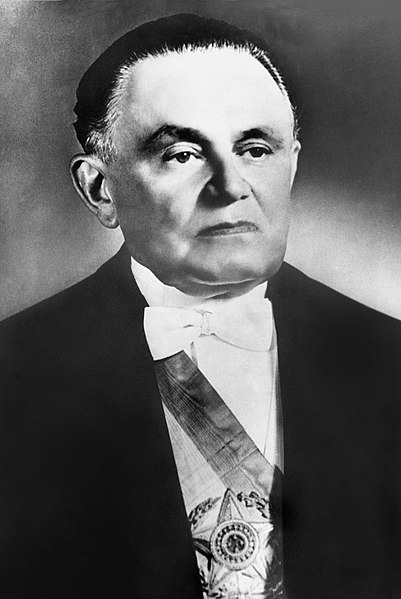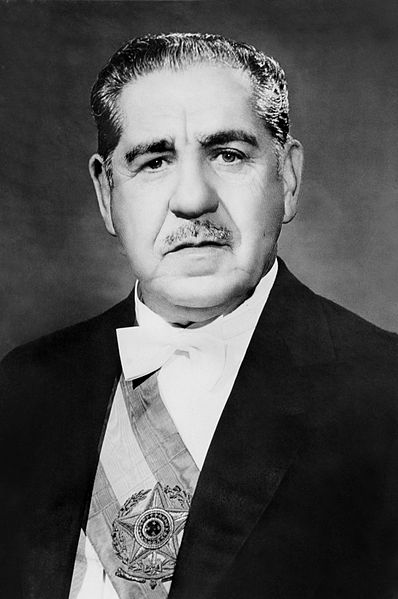Military dictatorship in Brazil
The military dictatorship in Brazil, occasionally referred to as the Fifth Brazilian Republic, was established on 1 April 1964, after a coup d'état by the Brazilian Armed Forces, with support from the United States government, against president João Goulart. The Brazilian dictatorship lasted for 21 years, until 15 March 1985. The coup was planned and executed by the most senior commanders of the Brazilian Army and received the support of almost all high-ranking members of the military, along with conservative sectors in society, like the Catholic Church and anti-communist civilian movements among the Brazilian middle and upper classes. The military regime, particularly after the Institutional Act No. 5 in 1968, practiced extensive censorship and committed human rights abuses, including institutionalized torture and extrajudicial killings and forced disappearances. Despite initial pledges to the contrary, the military regime enacted a new, restrictive Constitution in 1967, and stifled freedom of speech and political opposition. The regime adopted nationalism, economic development, and anti-communism as its guidelines.

João Goulart was the left-leaning president ousted by the Armed Forces
U.S. President John F. Kennedy (left) and President Goulart during a review of troops on 3 April 1962. Kennedy mulled possible military intervention in Brazil
Marshal Castelo Branco
Marshal Costa e Silva
1964 Brazilian coup d'état
The 1964 Brazilian coup d'état was the overthrow of Brazilian president João Goulart by a military coup from March 31 to April 1, 1964, ending the Fourth Brazilian Republic (1946–1964) and initiating the Brazilian military dictatorship (1964–1985). The coup took the form of a military rebellion, the declaration of vacancy in the presidency by the National Congress on April 2, the formation of a military junta and the exile of the president on April 4. In his place, Ranieri Mazzilli, the president of the Chamber of Deputies, took over until the election by Congress of general Humberto de Alencar Castelo Branco, one of the main leaders of the coup.
M41 tank and two jeeps of the Brazilian Army in the Ministries Esplanade, near the National Congress Palace (background) in Brasília, 1964
John F. Kennedy, president of the USA, and João Goulart speaking to the press
Kennedy and Lincoln Gordon
In 1970, the press records the anniversary of the "revolution"








